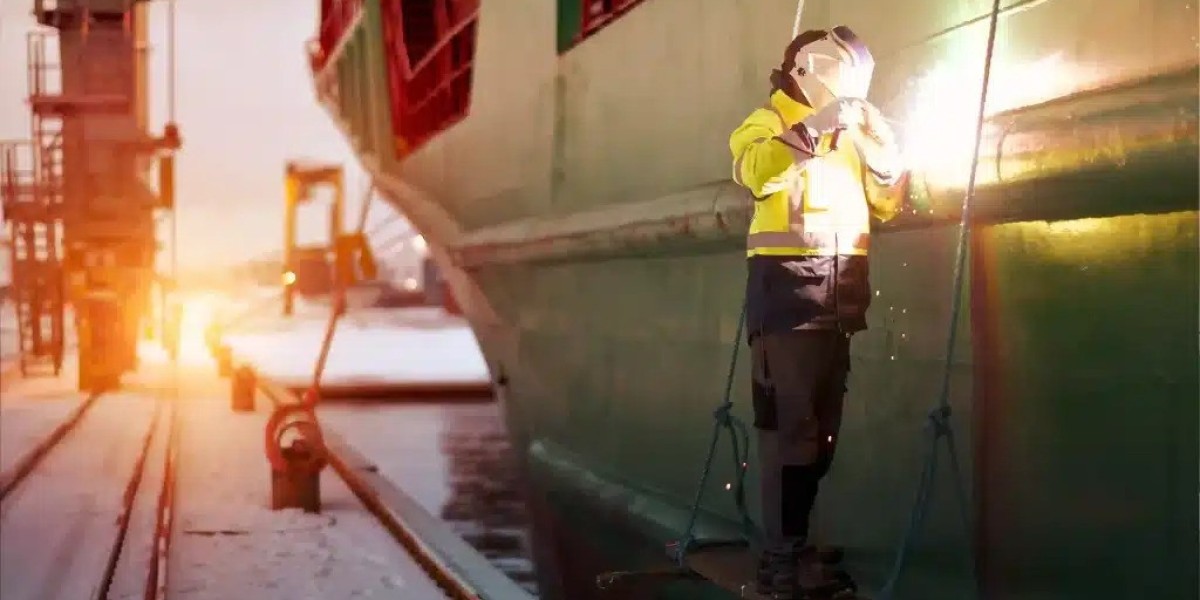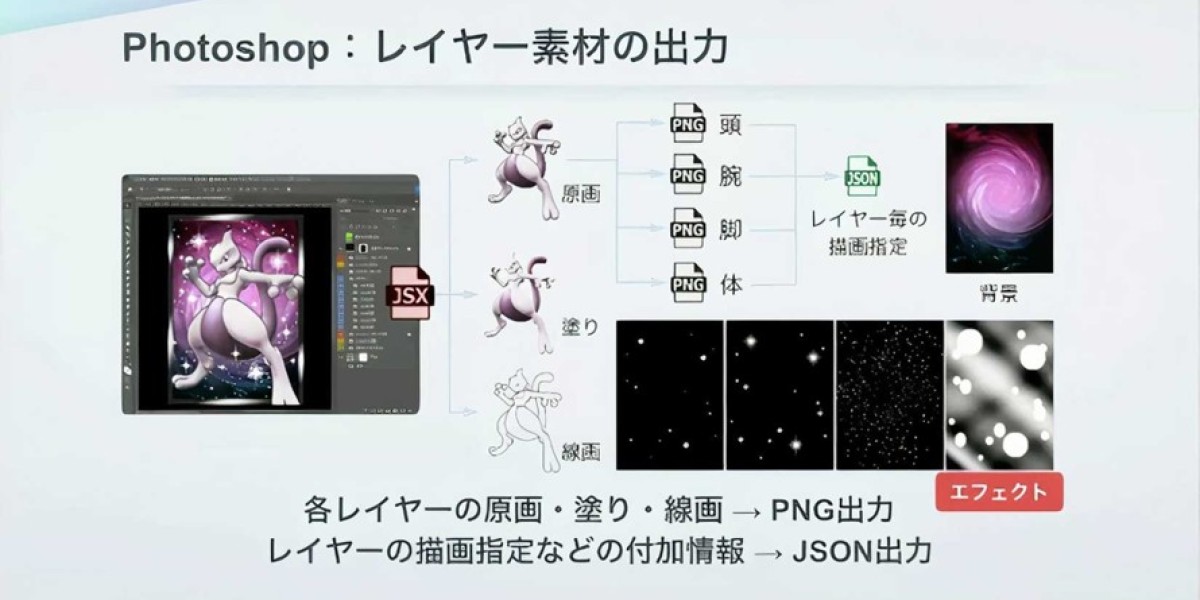The global shipbuilding industry is at a turning point. Demand for modern vessels—from LNG-powered carriers to renewable energy support ships—continues to rise, but a shortage of skilled workers threatens to slow progress. As older generations of shipbuilders retire and fewer young professionals enter the trade, the labor gap widens. The solution lies not only in technology but also in people.
Shipbuilding workforce training provides the pathway to bridge this global gap, ensuring the maritime industry remains strong, competitive, and future-ready.
The Labor Gap in Shipbuilding
Workforce shortages in shipbuilding stem from multiple factors. An aging workforce is one of the most pressing concerns. Many skilled tradespeople with decades of shipyard experience are reaching retirement, and there are not enough new entrants to replace them. At the same time, the industry struggles to attract young talent due to perceptions of shipbuilding as physically demanding and less appealing than other technical careers.
Regional differences add to the challenge. In Asia, home to some of the largest shipyards in South Korea, Japan, and China, demand for skilled labor often exceeds local supply during peak production. Europe faces an even sharper shortage as the workforce ages and vocational training programs shrink. In the Middle East, emerging shipbuilding hubs are working hard to build talent pipelines but often rely on foreign labor. These disparities highlight the urgent need for consistent and scalable shipbuilding workforce training initiatives worldwide.
How Shipbuilding Workforce Training Solves the Gap
To address the shortage, structured workforce development is essential. Shipbuilding workforce training does more than teach technical skills—it builds new generations of adaptable, globally competitive shipbuilders. Apprenticeships and vocational programs give young entrants the opportunity to learn welding, fabrication, blueprint reading, and digital ship design. Advanced modules focus on sustainability, robotics, and automation, aligning skills with the industry’s future needs.
Another major benefit is the mobility of trained workers. With the right certifications, skilled shipbuilders can move across borders to fill labor gaps in regions where shortages are most severe. This global exchange not only stabilizes the workforce but also spreads best practices across shipyards worldwide. By investing in training, shipyards ensure they are not just filling today’s positions but cultivating a sustainable talent pipeline for decades to come.
Cross-Border Training Programs
International collaboration is already proving effective in narrowing the labor gap. Governments, shipyards, and technical schools are working together to develop cross-border training initiatives.
One model involves overseas apprenticeships, where trainees gain experience in world-class shipyards abroad before returning home with advanced skills. For instance, European shipyards have partnered with Asian training centers to exchange knowledge on both traditional craftsmanship and cutting-edge green technologies. Similarly, Middle Eastern shipyards are collaborating with global partners to fast-track the training of local workers in specialized roles such as offshore vessel fabrication.
These programs foster not only technical expertise but also cultural adaptability—an important skill in today’s interconnected maritime industry. By standardizing certifications and aligning training with international benchmarks, cross-border programs make workers more versatile and in demand worldwide.
Future Outlook: A Globalized Workforce
Looking ahead, the shipbuilding workforce will become increasingly globalized. Skilled workers trained in one region will have opportunities to contribute in another, ensuring that no shipyard is left behind due to labor shortages. Technology will play a central role in this transition. E-learning platforms, virtual reality (VR) simulations, and AI-driven workforce management systems are making training more accessible across borders. A trainee in Southeast Asia can now learn ship design principles virtually from experts in Europe, breaking down geographical barriers.
This trend not only addresses the labor shortage but also raises the overall quality of shipbuilding worldwide. A globalized, well-trained workforce means faster production, safer shipyards, and vessels that meet both commercial demands and sustainability standards. Ultimately, shipbuilding workforce training will serve as the backbone of an industry that thrives on international cooperation.
Conclusion
The global shipbuilding industry cannot afford to overlook the growing labor shortage. With rising demand for modern vessels and aging workforces in key regions, the gap is both a challenge and an opportunity.
Shipbuilding workforce training provides the solution by preparing new generations of workers, creating mobile talent pools, and fostering international collaboration. By prioritizing training today, the maritime industry ensures its stability and competitiveness tomorrow. A skilled, globalized workforce is not just the answer to labor shortages—it is the foundation of sustainable shipbuilding and global trade.



